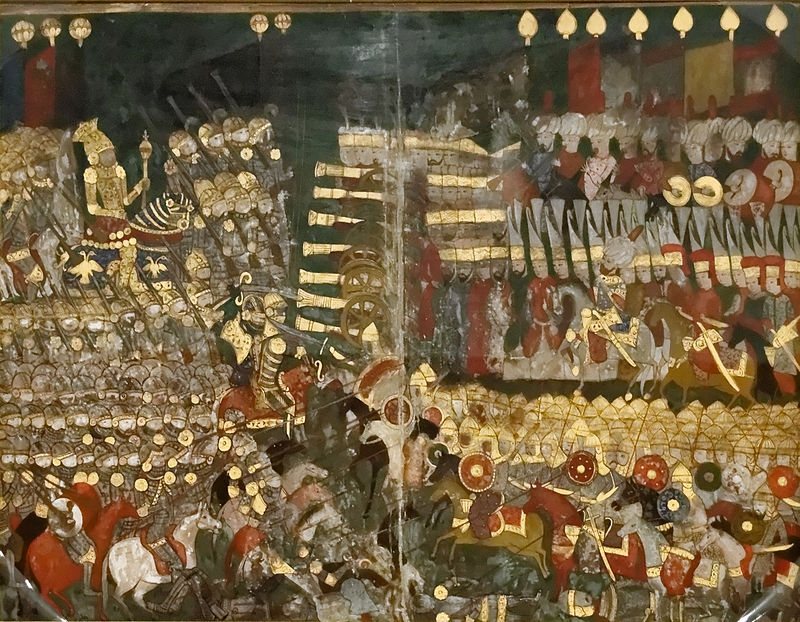The Battle of Mohács was part of the Ottoman-Hungarian Wars. It was a key victory for the Ottomans. The defeat of the Hungarians and their allies would decide the future of almost half of Hungary. The enormous army of the Ottomans would win over the allied forces. They would not only conquer Hungary but make the Zápolya dynasty their vassals.
The conquest of the Hungarian lands would greatly influence the political powers in the region. The western parts of their land, together with Moravia and Bohemia would denounce the Zápolya dynasty. They would instead join with the leader of Holy Roman Empire, Charles V. For the next two centuries the fate of Hungary would be uncertain.
The constant turmoil, a result of political and regional disputed, would be resolved way later in 1699.
Prelude to the Battle of Mohács
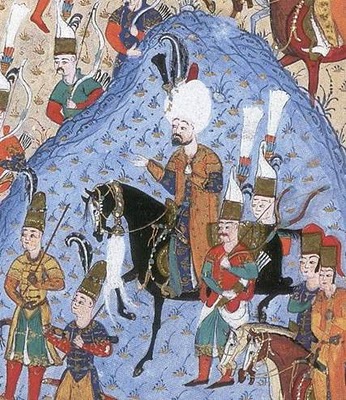
By the end of 1522, Suleiman had added the important cities of Belgrade and Rhodes to the Ottoman dominion. His eyes were set on Hungary, the last Southeastern European power, which could stand against the Magnificent and his army. Suleiman’s initial decision was to simply turn Hungary into a Turkish vassal. The Hungarians, as expected, refused to bow before the Ottomans.
Meanwhile, Suleiman had another game in action. At the battle of Pavia (1525), the French suffered a terrible defeat. Their King, Francis I, made an alliance with the Ottoman Sultan. Their alliance was against the ruling Habsburg Dynasty in Hungary.
The French King, Francis I, was, however, busy with his issues with the Flemish. Therefore, to distract the attention of the Habsburg Dynasty, he asked the Sultan to march to Viena. This was an ideal opportunity for Suleiman. His plan was set in motion to march into Hungary and get rid of his enemy once and for all.
Armies in the Battle of Mohács
In the blossoming spring of 1526, Suleyman the Magnificent organized his army in the capital city of Istanbul. Historians have debated the size of his army, but it was at least 50,000 strong, with 160 cannons.
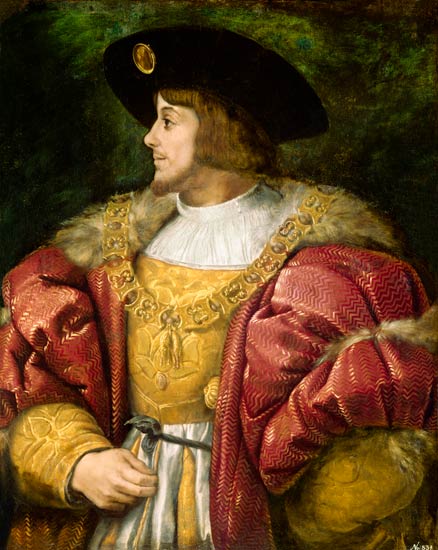
Louis II of Hungary’s reaction was too slow. It took him months to gather an army. It was in July, and the forces of Suleyman were already closing on Belgrade when Louis began preparations. Therefore, the quickly assembled army of the Hungarians, which was supposed to defend the realm was only half of what Suleyman had.
The reserves from Croatia and Transylvania could not even make it in time for battle. Louis II had to defend against the Ottomans with no more 25,000 men, and 85 cannons since the other half of the army was late.
The Battle of Mohács
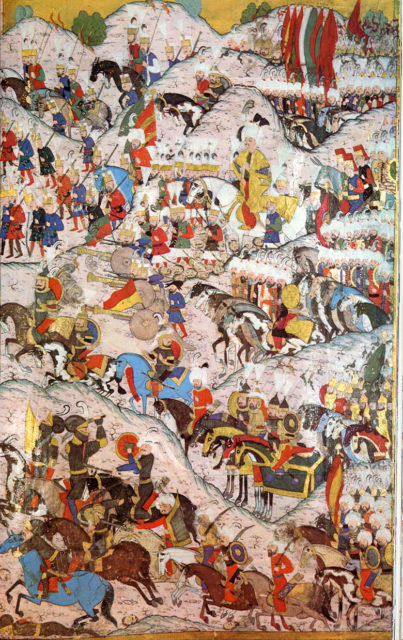
It was the end of August 1526. At noon on the 29th day, when the inevitable battle between the Ottoman Conqueror and the Hungarian king began. The army of the defenders was deployed in two lines, an infantry center with cavalry wings, and a second line made up of heavy infantry.
The forces of Suleiman took their usual deployment, with a strong front line of Rumelian cavalry, a Janissary second line, and Sipahi wings. When the Ottoman Rumelian cavalry of Akinci initiated the first attack, they were pushed back by the defending army’s right wing. The commander of the wing, Pal Tamory, ordered the enemy to be chased.
The offensive action took him to the very center of the Ottoman army. Just as in numerous other battles across history, this would be counted as the second vital mistake.
This exact moment gave the Janissaries the opening to regroup and attack the Hungarians. They quickly wiped out the scattered units of Tamory. After they were finished with Tamory’s men, the Ottoman conquerors attacked the rest of the defending army. All Hell broke loose under the thunder of the cannons.
The defenders fell one after another, and soon the left wing of the army weakened. Suleiman’s Sipahis made an all-out attack on what remained of the left wing, and the results were fatal. The Hungarian heavy cavalry was helpless. Their leader Louis II’s attempt to retreat from the battlefield cost him his life. The Hungarian king fell off his horse and drowned in the nearby river.
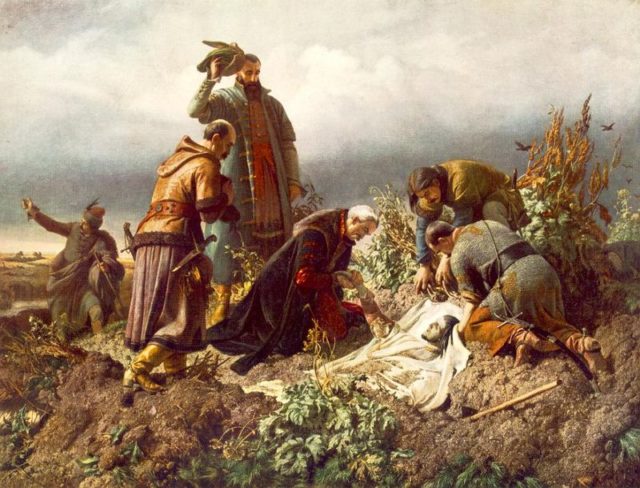
Aftermath
At the end of the short battle, the Hungarians had lost around half of their original number. The Ottoman Sultan, Suleiman the Magnificent won with almost no effort. He was amused, that this excuse for an army was all that was gathered to stop his conquest. Still, the Ottoman victory at Mohacs decided the fate of an entire nation.
The constant warfare after the battle, however, was no success for the Ottomans. They were unable to add the other half of Hungary to their empire. They met serious resistance during their march in the divided Kingdom. Years later, Suleyman died during the Siege of Szigetvar.
Centuries of Decline
The battle was the end of the United Kingdom of Hungary. It created a political chaos in the realm and divided the nobilities. In the next 200 years, Transylvanian princes would demand the crown. The end of this dark ages of decline and disorder would come in 1699, with the Treaty of Karlowitz. According to this peace treaty, the entire Hungary, Croatia, and Transilvania once again become a Habsburg’s dominion.
For the Hungarians, the battle of Mohacs has national significance. The defeat not only was a turning point in their history, marking the end of the great nation but is also a symbol of bad luck. It took 400 years Hungary to regain its independence. The battlefield is a national memorial site.
Bibliography:
- Molnár, Miklós, A Concise History of Hungary, Cambridge University Press, 2001.
- Nicolle, David, Hungary and the fall of Eastern Europe, 1000–1568, Osprey Publishing, 1988.
